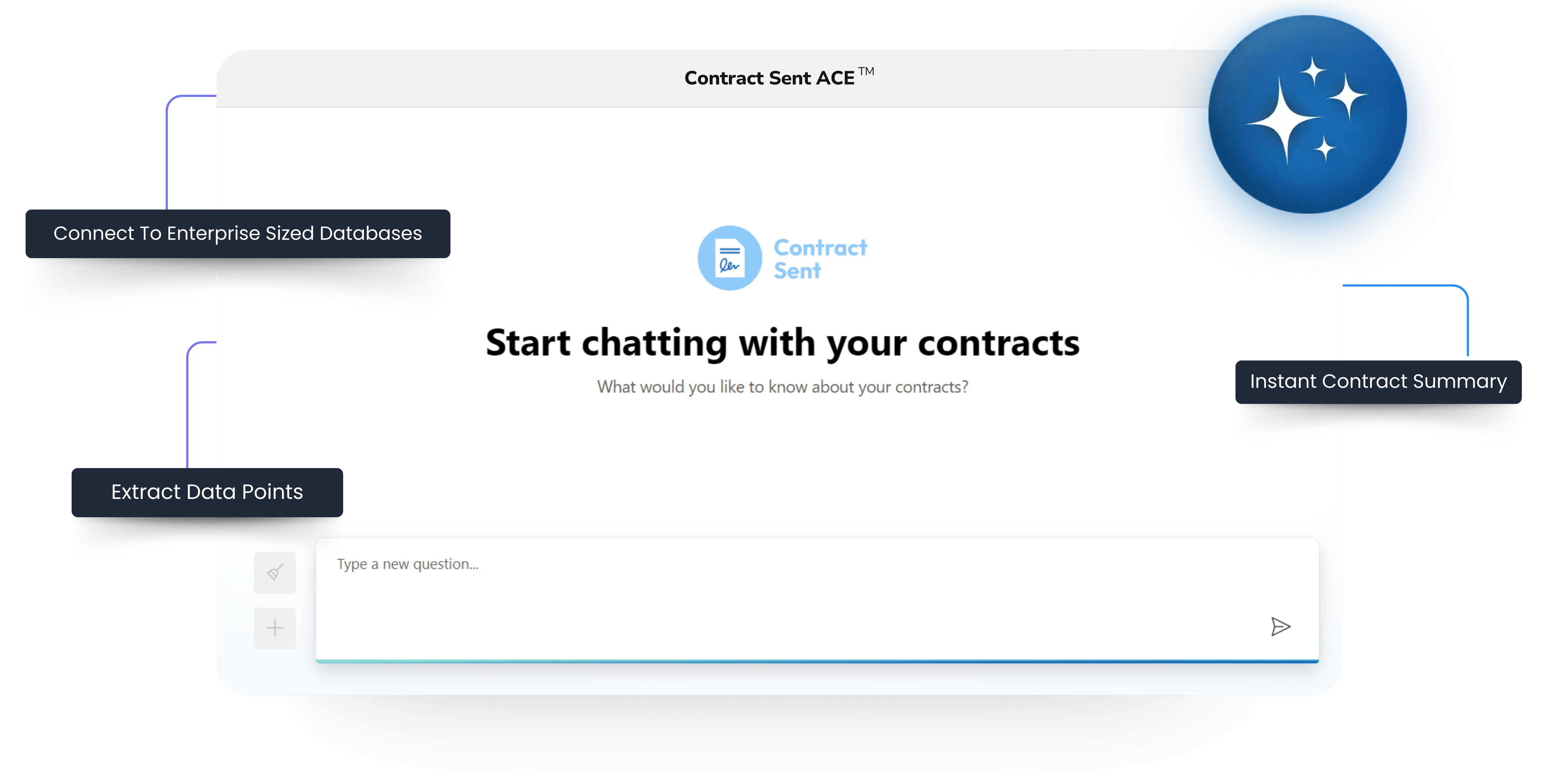What difference does a single letter make? Well, it turns out a lot. When it comes to protecting sensitive information, businesses often rely on legal agreements to ensure that confidential information remains confidential. Two of the agreements that are commonly used by SaaS companies are the Non-Disclosure Agreement (NDA) and the Mutual Non-Disclosure Agreement (MNDA). While both agreements serve the same purpose, they have some significant differences that startups need to understand before deciding which one to use. This is particularly important for startup companies because they are often dealing with parties that effectively hold more power and resources than they do and having legal protection in place for their intellectual property is the only way they can ensure they build a valuable company.
Non-Disclosure Agreement (NDA)
An NDA is a legal agreement between two parties (for example, your startup and an investor or your startup and a bank), where one party agrees not to disclose confidential information provided by the other party. In an NDA, one party, known as the disclosing party, shares confidential information with the other party, known as the receiving party, for a specific purpose. The receiving party must agree to keep the confidential information secret and not use it for any purpose other than the intended purpose.
The NDA can cover a wide range of confidential information, such as business plans, trade secrets, customer lists, financial information, and technical information. The NDA can also specify the duration of the agreement and the consequences of any breach of the agreement, such as monetary damages, injunctive relief, or even termination of the business relationship.
Non-disclosure agreements are used in a variety of situations, such as when a business is considering a merger or acquisition, licensing a new product, or discussing a potential partnership with another company. An NDA can be a unilateral agreement, where only one party discloses confidential information, or a mutual agreement, where both parties disclose confidential information.
Mutual Non-Disclosure Agreement (MNDA)
An MNDA, also known as a mutual confidentiality agreement, is a legal agreement between two or more parties where all parties agree to keep the confidential information provided by each party confidential. In an MNDA, each party discloses confidential information to the other party or parties for a specific purpose, and all parties must agree to keep the confidential information secret.
The MNDA is used in situations where multiple parties need to share confidential information. For example, if you and another startup are considering a joint venture or partnership-style relationship, they may need to share confidential information about their respective businesses to evaluate the feasibility of the project. In such a case, an MNDA would be appropriate as it ensures that all parties involved are bound by the same confidentiality obligations.
The MNDA also specifies the duration of the agreement and the consequences of any breach of the agreement, such as monetary damages, injunctive relief, or even termination of the business relationship.
Key Differences between NDA and MNDA
While both agreements serve the same purpose of protecting confidential information, there are some significant differences between an NDA and an MNDA. The key differences include:
-
Number of parties involved: An NDA involves two parties, whereas an MNDA involves three or more parties.
-
Confidential information: An NDA covers confidential information disclosed by only one party, while an MNDA covers confidential information disclosed by all parties involved.
-
Reciprocity: An NDA may or may not be reciprocal, whereas an MNDA is always reciprocal.
-
Duration: The duration of an NDA may vary depending on the nature of the confidential information, while the duration of an MNDA is usually the same for all parties involved.
At the end of the day, both NDAs and MNDAs are crucial legal agreements for protecting confidential information. But you can see there are clear differences. While an NDA is suitable for situations where only one party is disclosing confidential information, an MNDA is appropriate for situations where multiple parties are sharing confidential information. This is critical when you are dealing with multiple investors on your cap table or multiple contractors on a project. Startup founders need to understand the differences between the two agreements to determine which one is appropriate for their specific needs. In either case, you should always seek legal advice before entering into any confidentiality agreement.












